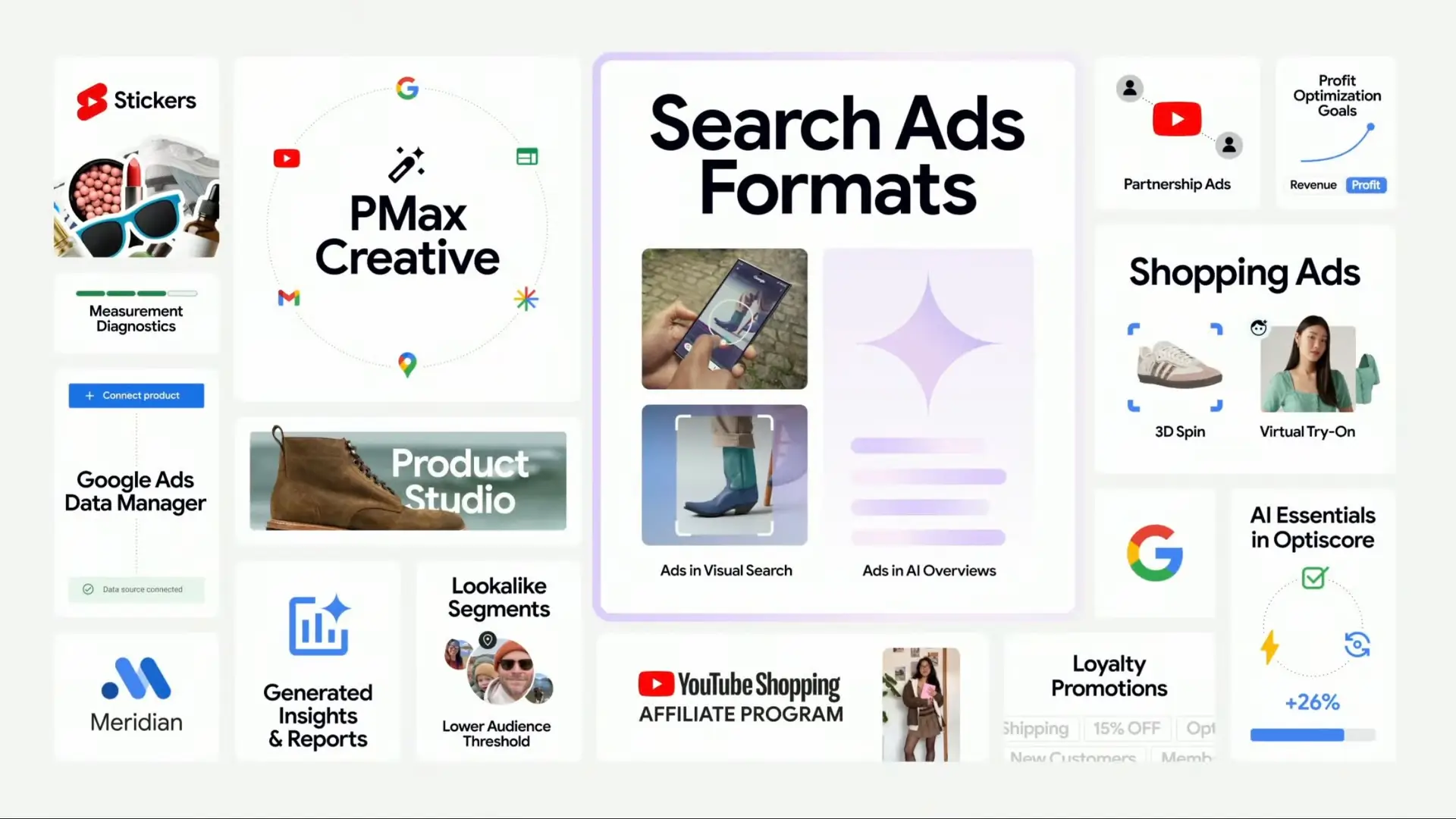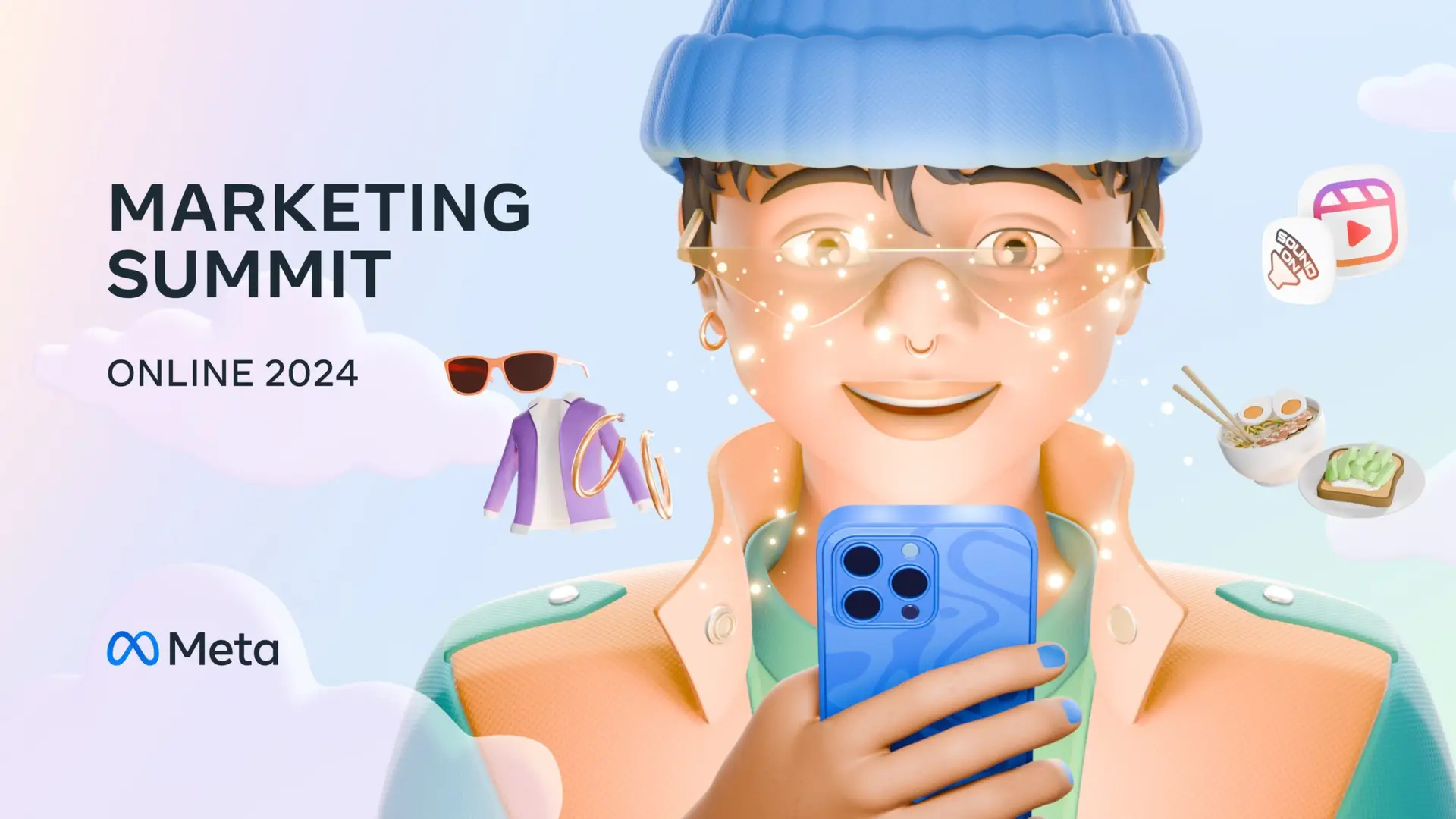Learn how to navigate LinkedIn Ads targeting challenges, especially Super Titles, to optimize your campaigns and reach your audience.
Introduction
LinkedIn Ads targeting might seem pretty straightforward.
But, if you attempted to create a campaign on LinkedIn Ads and could not access all the Job Titles typically found on user profiles, this article is for you.
It’s important to note that there’s a distinction between the number and diversity of job titles available to users when setting up their LinkedIn profiles and the number of job titles accessible to advertisers when setting up targeting for LinkedIn Ads.
The Issue with LinkedIn Ads Targeting
When setting up a LinkedIn profile, the Job Title field is freeform. You don't have to choose your title from a list, you can create a unique title.
Pro
From the user’s perspective, it’s acceptable to have the freedom to choose your job title. LinkedIn is a global platform, and we recognize that job titles may vary from region to region based on local laws, industry standards, and other factors.
Con
The Usage of Super Titles
LinkedIn does not explain Super Titles to the general public or advertisers creating campaigns in LinkedIn Ads.
Take the IT industry for example. When running a campaign with lead generation or event registration objectives, the targeting is specific, whether in terms of seniority or job description.
If we were to run a lead generation campaign for Java Developers, let’s say without considering seniority for this example, we would begin by including the job title in our targeting. If we choose Romania as the location, the audience size would be enough to proceed with the campaign. However, if we narrow down our focus to specific areas such as Iași, Cluj, or Bucharest, we might find that the audience is too small to launch the campaign.
And then the turmoil of any marketer begins. What are you doing now?
My recommendation is to take a break from LinkedIn Ads and start looking at the profiles of users from your target audience. Create a basic persona and pay attention to the job titles these users use on LinkedIn.
For example, in the IT industry, I found that many Java Developers were using the title “Software Engineer” on their profiles.
Let’s test this information in the Campaign Manager. When targeting Romania and using “Java Software Engineer” as the job title, the estimated audience is 3,200 members. However, when targeting the same location and using just “Software Engineer” as the job title, we can reach 72,000 users.


This is just a simulation. Different job titles, seniority levels, and functions should be considered when setting up the campaigns.

What can happen if you choose a Super Title in targeting?
The Importance of Job Titles and a Solution
This is just an example of a super title, and I can tell you that some are not as easy to match as Java Developer -> Software Engineer. It is clear to me that LinkedIn’s algorithm fails to categorize them correctly.
Just think of the profiles where users named themselves “Unicorn@…, Warrior@…”.
And the fact that there is no documentation, no clear explanation from LinkedIn for these Super Titles, is frustrating, to say the least. There is no mention of it in their targeting playbook.
Targeting Job Titles is a powerful tool, so we need to understand the mechanism behind assigning these titles. Depending on the geographical location and seniority is sometimes impossible to run a campaign on job titles because the audience is too small.
In such cases, we can use a combination of Job Functions, Seniority, Members’ Skills, or Years of experience to reach the desired audience.
This requires correct analysis of the job description, especially to extract skills specific to the job, trying not to fall again into the trap of displaying the ads to a broad, irrelevant audience.
Theory vs. Practice in LinkedIn Ads Targeting
In an ideal scenario to demonstrate LinkedIn’s data processing accuracy, the audience for a specific job title should be the same as the audience formed by job function and seniority. However, I have not found such a situation.
Each campaign and company/client has its own specifics, so we need to use targeting techniques to reach the desired audience. This often leads to the need for testing, which can create tension.
In my experience, campaigns targeting job titles tend to be more expensive than those using combinations of job functions, seniority, members’ skills, or years of experience. Therefore, I recommend regularly checking the demographics section of Campaign Manager, especially job titles, to ensure accurate tracking of campaign results.
Conclusion
LinkedIn Ads targeting poses challenges due to the platform’s use of “Super Titles”, which group similar titles together.
This can result in campaigns that either miss the mark or attract irrelevant profiles, especially in specialized fields like IT. LinkedIn’s lack of clear documentation on these Super Titles complicates the targeting process.
To overcome these challenges, advertisers should combine other criteria such as Job Functions, Seniority, Skills, and Years of Experience. This multi-faceted approach often leads to better results and lower costs. Ultimately, regular analysis of campaign data is essential for optimizing performance and reaching the desired audience effectively.
I hope this article helps you move out of the testing stage and gain some clarity. If you have experience with LinkedIn Ads Targeting or LinkedIn Super Titles, feel free to share by leaving a comment below.
And if you need help with LinkedIn Ads, you can message me here.
– Flavia Groza-Bocăneț
Owl eyes on digital.








